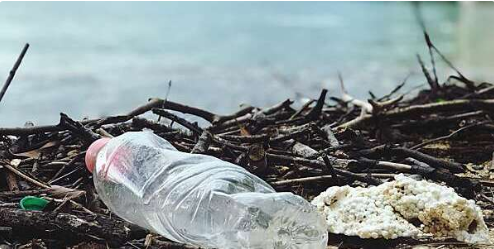Plastic pollution is a key environmental challenge today, calling for a new global agreement and sustainable solutions. Standards for plastics enjoy a privileged status in making this happen.
On 2 March, at the UN Environment Assembly in Nairobi, Kenya, senior representatives from 175 countries backed a ground-breaking resolution to stop plastic pollution. This will result in a legally binding, international agreement by the end of 2024, aiming to make all plastics sustainable.
Plastics, especially single-use plastics, have often made international headlines. And with good reason. According to the United Nations, the world and its oceans are being overrun by plastics. So much so, the Ellen MacArthur Foundation reports, that by 2050 there will be more plastic in the oceans than fish.
Although plastic-strewn oceans get most attention, the UN Food and Agricultural Organization (FAO) points out that plastics in soil threaten human health and food security. Last December, the FAO published a striking report, Assessment of agricultural plastics and their sustainability: a call for action, which described in detail how a multitude of agricultural plastics, especially microplastics, find their way into the food chain.
Towards a circular economy
The UN’s legally binding agreement to counter the extreme environmental impacts and risks from plastics took place two weeks before Global Recycling Day and aims to counter the multiple risks of plastics. The UN asserts that it will address the whole life cycle of plastics, requiring plastics that are designed for reuse and recycling, signalling an end to single-use plastics. In simple terms, the UN agreement aims to transform the life cycle of plastics from a linear model to a circular one.
As both a practitioner in the plastics sector and a developer of International Standards, Ilzhöfer is motivated to find solutions and promote the standardization of sustainable production and consumption of plastics. “ISO standards can provide solutions to critical challenges, such as the improper handling of plastic waste and its consequent environmental impacts, for instance in the area of microplastics,” he clarifies.
Solutions in standards
Calls for a more circular plastics economy, for instance, include proposals for improved standards on issues ranging from recyclability and recycled content of plastics to biodegradability and reusability. Ilzhöfer can point to numerous ISO standards that have fostered sustainability in plastics. “ISO 15270:2008, Plastics – Guidelines for the recovery and recycling of plastics waste, is one example. This standard sets the framework for the development of further standards and specifications on plastics waste recovery, including recycling – a way to close the loop,” he explains.
Standards in the area of design for recycling, track-and-trace solutions and waste management are the basis for an ecologically and economically viable recycling phase. Additionally, Ilzhöfer is also certain that the standardization of waste-based feedstocks for different recycling technologies will immediately support the global market development for increasing the rate of recycling.
“Since the first recovery and recycling standard in 2008, new, more efficient chemical recycling processes have been developed. From here onwards, further standardization will support the global implementation of recycling facilities to increase the recycling rate of plastics,” he concludes.
Rick Gould, www.iso.org
The full article can be read HERE.

